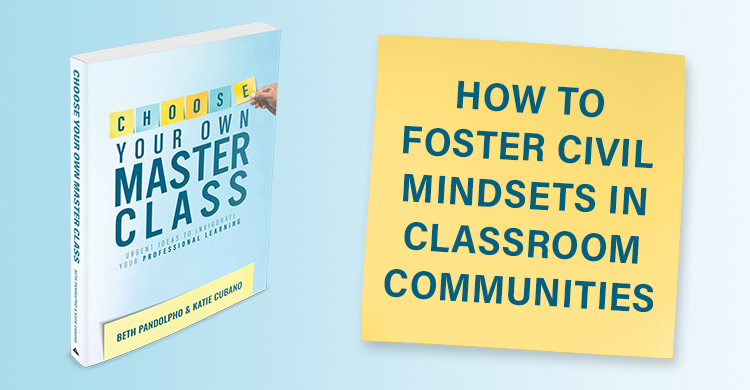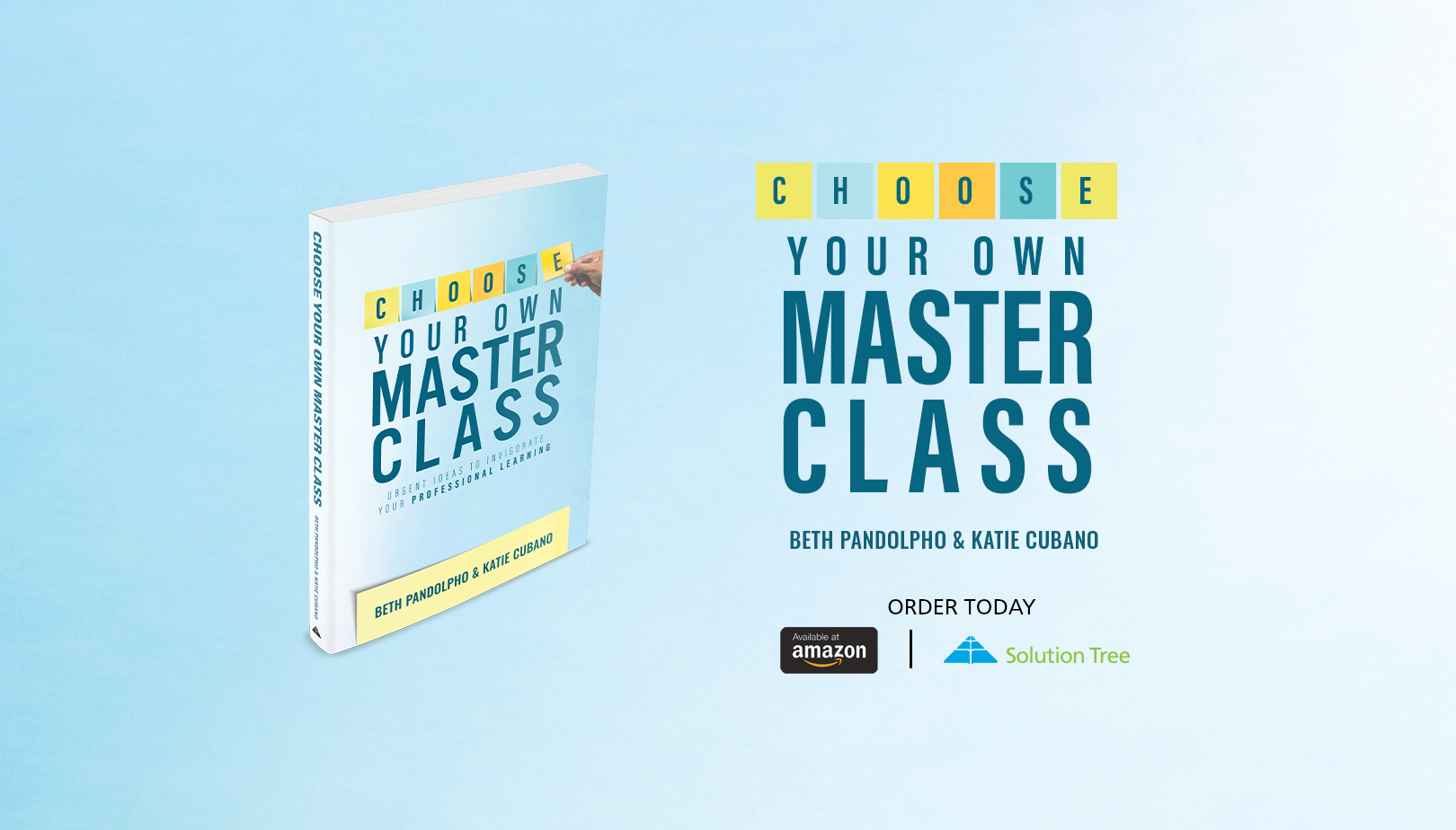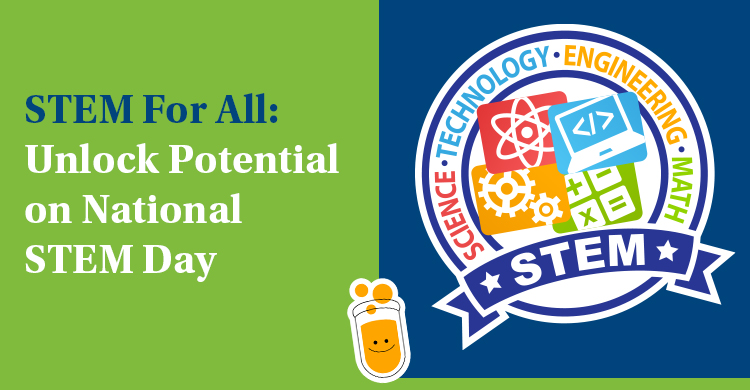“We believe we can create the conditions for transformational educational communities that do not shy away from having necessary conflicts or difficult conversations, but instead embrace the goal of doing so civilly, empowering learners to play active roles in the creation of a more just and inclusive society.”
— Choose Your Own Master Class
One of the most important skills we can teach our students is how to engage civilly with complex social issues. As our society becomes more polarized, it is increasingly difficult for people to understand one another, communicate across differences, and reach mutually agreeable solutions—even when we all suffer the consequences of our inability to reach consensus.
We’d like to share some ideas from our chapter, “Fostering Civil Classrooms for a More Civil Society,” to inspire you to incorporate practices that support students in approaching complex issues with curiosity and recognizing the importance of mutual understanding.
Rethinking classroom debates in the here and now
As educators, we often seek to inspire and engage students through the use of debate techniques. Undoubtedly, students find debate exciting and fun. But debates also have the potential to polarize students and encourage the kind of surface-level one-upmanship that defines much of the divisiveness of our public discourse.
With this in mind, we recommend educators rethink their approach to classroom debates. It’s one thing to practice the skills of rhetoric when defending one’s dream vacation or perfect lunch. But much more is at stake when we invite students to take firm stances and debate serious policy issues, especially when they have not had sufficient time and guidance to acquire the context and schema necessary to understand the nuances of a given issue.
An alternate approach
Prior to entering into a debate-style format, consider having students familiarize themselves with all sides of an issue to explore its complexities. If based upon their research, they decide to adopt a particular stance, challenge students to consider the opposing argument more deeply.
Often, students only research the opposing side to develop a strong counterargument; instead, we advocate that they interrogate the other sides of an issue by asking themselves these questions, as suggested by activist Frances Kissling:
What is good in the position of the other? vs. Where in your own position do you have doubts?
Considering these questions helps students see the humanity of those who hold an opposing viewpoint while also helping them recognize that their own position isn’t necessarily without concerns.
Prioritizing inquiry, curiosity, and the big picture
In addition to reconsidering the way debate is incorporated into instruction, we also suggest reconsidering how we invite students to take positions on important issues in other ways, including in the argument essay or opinion editorial.
Rather than focusing solely on advancing an opinion, we feel that it’s important for students to have sufficient time to develop a comprehensive understanding of the issue they’re interested in. It can, in fact, be transformational for students to sometimes, in lieu of defending a position, examine the underlying reasons for the multiple positions people hold regarding a particular issue.
An alternate approach
To help students gain a deeper understanding of and respect for these multiple perspectives, prompt them to consider not just the positions themselves, but what beliefs or values seem to underpin them. (You can share a list of values with students to choose from such as this one from James Clear or this one from Brené Brown. You can then pose questions such as:
o What are the values that seem to underpin the position being argued or defended?
o In what ways do you see these values as important and worthy of defense?
By reconsidering how we ask students to engage with complex issues, we can show them that our overall goal is not simply to take a side and defend it to prove another wrong, but to work toward mutual understanding. When students have a firmer grasp of the values that underpin the deeply held positions of those with whom they may disagree, they are better positioned to overcome the divisiveness that plagues our social discourse and work together to achieve outcomes that will benefit us all, both now and in the future.
Each standalone chapter of Choose Your Own Master Class explores a different issue that impacts education, highlights thought leaders from outside disciplines, and offers questions to facilitate reflection and conversation. It provides a way to unite departments, teams, and schools through a book club while offering readers the opportunity to choose where to begin based on their interests and needs. We welcome the opportunity to partner with you to find solutions that work for your school as together we improve education one classroom at a time.
If you’re interested in accessing resources from the chapter highlighted in this post, “Fostering Civil Classrooms for a More Civil Society,” you can access them for free here by scrolling down to resources for Chapter 3.
Want to keep learning? Here are some additional, handpicked resources on critical thinking and how to participate in civil discourse through debate and rhetoric activities.
About the educators
Beth Pandolpho is an instructional coach for grades 6–12, and she has taught English at the high school and college level for over 20 years. She is passionate about engaging in work that promotes equity and access for both teachers and students.
Katie Cubano is an educator with over 15 years of experience in the field who is focused on supporting teachers and schools as they design and implement curriculum and instruction that effectively and equitably meet students’ needs.
For more from Beth and Katie, view our free webinar recording, Cultivating a Positive Classroom Culture through Civil Conversations, at your leisure.







